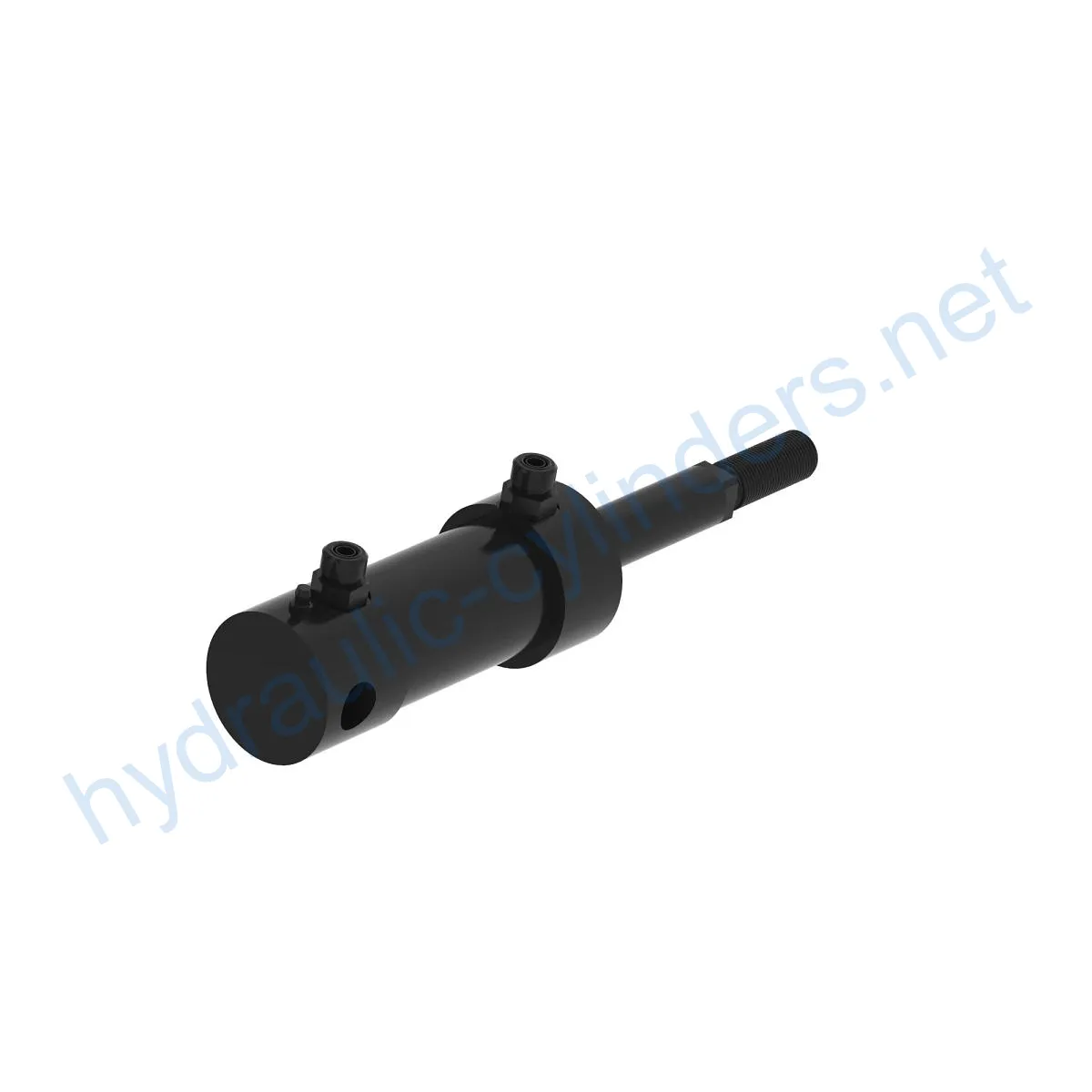Replacement Of AHC18724 Hydraulic Cylinder
Як один з виробників, постачальників та експортерів механічних виробів, ми пропонуємо гідравлічні циліндри та багато інших продуктів.
Будь ласка, зв'яжіться з нами для уточнення деталей.
Пошта:sales@hydraulic-cylinders.net
Виробник, постачальник, експортер гідравлічних циліндрів.
Introduction
The Replacement Of AHC18724 Hydraulic Cylinder is a vital component used in various models such as the 6500A E-CUT, 6500A PRECISIONCUT, 6700A PRECISIONCUT, 7500A E-CUT, 7500A PRECISIONCUT, 7700A PRECISIONCUT, 8700A PRECISIONCUT, 8800A, and 8900A. This hydraulic cylinder is designed to replace damaged or worn-out cylinders, ensuring optimal performance in a wide range of applications.
Specifications and Models
This hydraulic cylinder weighs approximately 7.47 lb and has dimensions of 2.4 in (height), 3.5 in (width), and 13 in (length). It is compatible with the mentioned models, providing a perfect replacement solution.
Features
- Improved Equipment Performance: Replacing damaged or worn-out hydraulic cylinders restores the equipment’s normal operational capability, ensuring optimal performance in various applications.
- Enhanced Safety: Regularly replacing hydraulic cylinders reduces safety hazards caused by cylinder failures, ensuring the safety of operators and equipment.
- Overload Protection: Modern cylinder designs often incorporate better overload protection mechanisms, enhancing safety during operation.
- Quick Installation: The design of modern hydraulic cylinders often considers easy installation and replacement, reducing downtime.
- Standardized Components: Many hydraulic cylinders are standardized products, making it easier to obtain replacement parts in the market.
Applications
- Excavators: Hydraulic cylinders in excavator arms or buckets may get damaged due to prolonged use or overload, requiring replacement to restore normal operation.
- Cranes: Crane boom hydraulic cylinders are prone to wear during frequent lifting and lowering processes and need regular replacement to ensure safety.
- Tractors: Front-end loader hydraulic cylinders in tractors can experience leaks or performance degradation due to continuous lifting and tilting operations, necessitating replacement.
- Harvesters: Hydraulic cylinders in harvesting equipment endure high-pressure conditions, and fatigue can lead to damage, requiring timely replacement to maintain work efficiency.
- Automated Production Lines: Hydraulic cylinders are used to control robotic arms and other automated equipment. Cylinder failure can impact production efficiency, necessitating immediate replacement.
- Die Casting Machines: Hydraulic cylinders in high-pressure and high-temperature environments may experience performance degradation. Regular replacement ensures product quality.
- Mining Equipment: Hydraulic cylinders are used for lifting and moving heavy loads in mining equipment. Due to harsh working conditions, regular inspection and replacement are necessary to avoid equipment failures.
- Bulldozers: Wear of hydraulic cylinders on the bulldozer’s blade can lead to decreased pushing power, requiring timely replacement to maintain operational efficiency.
Maintenance Tasks
- Regular Inspections: Periodic inspections help identify any signs of wear or damage to the hydraulic cylinders, ensuring they function optimally.
- Proper Lubrication: Adequate lubrication plays a crucial role in extending the lifespan of hydraulic cylinders. Using the right lubricants and following recommended intervals is essential.
- Seal Replacement and Calibration Checks: Regularly replacing seals and performing calibration checks ensures the hydraulic cylinders maintain their functionality and prevent potential issues.
Safety Considerations and Environmental Factors
When using hydraulic cylinders, prioritizing safety measures is of utmost importance. Proper handling, installation, and maintenance significantly reduce the risk of accidents. Additionally, considering environmental factors such as temperature, humidity, and contamination can help maintain the cylinders’ performance and longevity.
Fault Diagnosis and Common Issues
1. Leakage: Hydraulic cylinders may experience leakage due to worn seals or damaged components. Regular inspection and seal replacement can prevent this issue.
2. Reduced Performance: Over time, hydraulic cylinders may lose their efficiency, resulting in decreased lifting or pushing power. Proper maintenance, including seal replacement and lubrication, can address this problem.
3. Unexpected Noises: Unusual noises during cylinder operation may indicate internal damage or misalignment. Thorough inspection and necessary repairs or adjustments can resolve this issue.
Troubleshooting and Preventive Measures
When troubleshooting hydraulic cylinder problems, consider the following tips:
- Ensure proper alignment and installation during the initial setup.
- Follow recommended inspection, repair, and replacement procedures.
- Provide replacement parts and rebuilding services to improve cylinder lifespan.
- Offer tips to enhance the durability of the hydraulic cylinders through skillful keyword usage.

Design Considerations and Selection Criteria
Considering the following factors is crucial when designing and selecting hydraulic cylinders:
- Load-Bearing Capacity: Hydraulic cylinders should be designed to withstand the intended load for optimal performance and safety.
- Sealing and Durability: Using high-quality sealing materials such as polyurethane and nitrile rubber ensures durability and minimizes the risk of leaks.
- Safety and Maintenance: Designing cylinders with safety features and considering ease of maintenance can enhance their reliability and longevity.
Sealing and Lubrication
Hydraulic cylinders should utilize various sealing components like piston seals and rod seals made from wear-resistant materials such as polyurethane or nitrile rubber. The cylinder body and threaded ends should undergo precise processing to improve wear resistance. Regular lubrication with the appropriate hydraulic oil is essential to ensure smooth operation and longevity of the cylinders.
Regular Inspection and Preventive Maintenance
Regular inspections and preventive maintenance tasks are crucial for hydraulic cylinder longevity:
- Ensure proper installation, lubrication, and adjustment.
- Provide guidance for aligning the cylinders correctly during installation.
- Recommend inspection, repair, and replacement procedures.
- Offer replacement parts and rebuilding services to extend the lifespan of the hydraulic cylinders.
- Provide tips to improve the durability of the cylinders through skillful keyword usage.
Installation Guide
Proper installation of hydraulic cylinders is essential for optimal performance and safety. Follow these steps:
- Prepare the installation area
Take a Tour of Our VR Factory:
Take a tour of our VR factory with the following
Hydraulic Cylinder Application:


